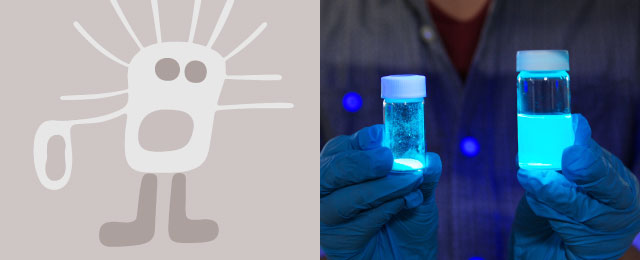







Home > Research > Research Overview > 2023 > Faculty of Engineering 4
Professor, Faculty of Engineering (Chemical engineering/powder and granular engineering)
KIMATA Mitsumasa
The Kimata Laboratory at Yamagata University uses two methods to synthesize functional fine particles: the build-up method using chemical reactions and the breakdown method involving milling. Here, we have described our research on the breakdown method.
When a solid is pulverized, it is broken down into smaller pieces, but many ions and radicals are generated on the fracture surface due to the breaking of molecular bonds and lattice defects are created in the pieces. If monomers are present, they react with the ions and radicals on the fracture surface to form polymers on that surface, and if reactive substances are present, chemical reactions occur. These phenomena whereby mechanical energy, such as pulverization, induces chemical changes are called “mechanochemical phenomena.” This Laboratory is simultaneously producing nanoparticles by pulverization and applying a polymer coating and generating silicon nanoparticles by reducing oxides. These techniques are environmentally friendly and save energy because the reactions proceed with pulverization alone.

▲A mechanochemical reaction

▲Polymer coating

▲Generation of silicon nanoparticles
Related Links